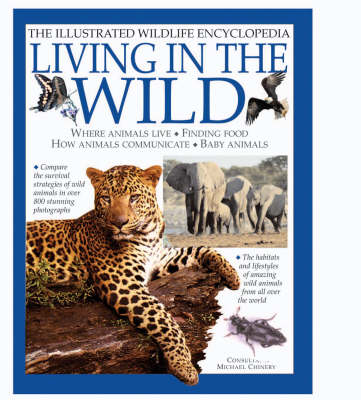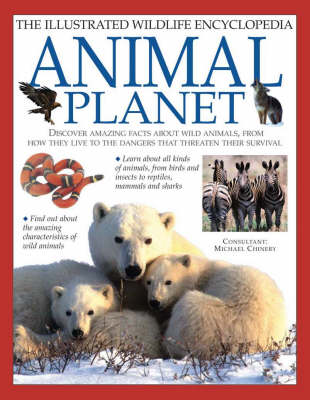The illustrated wildlife encyclopedia
2 total works
Divided into four sections, this book look at each aspect of survival. The first section, "Animal Habitats", presents an animal's usual environment and looks at species with special adaptations that allow them to live where others cannot. The second section, "The Hunt for Food" covers the diets of herbivores, carnivores - both hunters and scavengers - and omnivores, that eat both meat and plants. "Living Together", the third section, explains how animals communicate with each other, and why. Finally, "New Life" shows the sheer variety of parental behaviour, from the butterfly that dies soon after laying eggs, to the gorillas which look after their offspring for up to ten years. A supplement to school studies, the book sets out the link between an animal's adaptations and its environment clearly, bringing the subject to life with photography, myth panels, folk tales and legends about animals.
A stunningly illustrated natural history book that investigates the special characteristics that allows animals to live and survive in the wild. Find out how animals' specialised anatomy works and how they use their multitude of senses to hunt prey and hide from predators. Discover the amazing characteristics of certain animals, such as a snake's armour-like scales, and which animals are in danger of becoming rare or extinct. With fascinating facts, such as how an elephant's heart is five times bigger than a human's, together with beautiful photography and illustrations, this stunning book will absorb and fascinate all inquisitive young minds.

